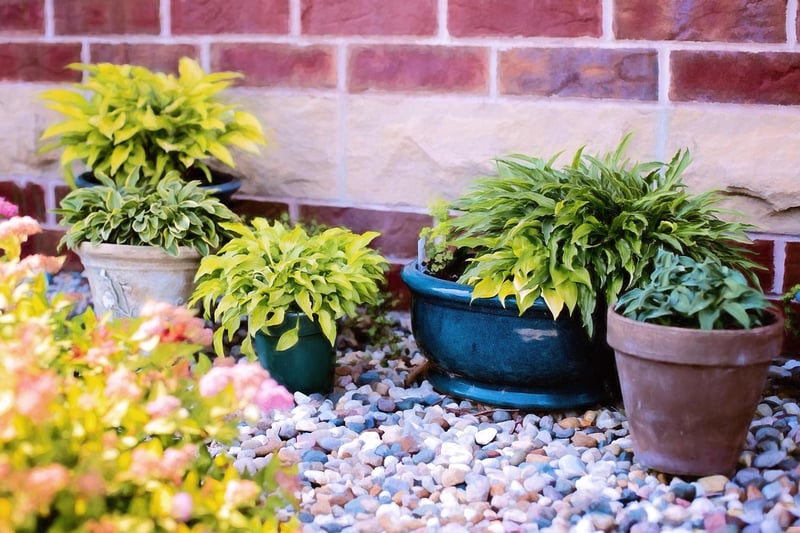Sunlight Needs
Keeping Your Plants Healthy: Understanding Their Sunlight Needs
Plants are like pets; they need care and attention to thrive. One crucial factor that can impact the health of your plants is the amount of sunlight they receive. Understanding the sunlight requirements of your plants is essential to ensure they grow beautifully. Let's delve into the significance of sunlight for plants and how you can meet their needs effectively.
The Importance of Sunlight for Plants
Sunlight is vital for plants as it plays a significant role in the process of photosynthesis. This process allows plants to convert light energy into chemical energy, which is essential for their growth and development. Sunlight also helps regulate various plant functions, including flowering and fruiting.
Types of Sunlight Requirements
Plants have different sunlight requirements based on their species. Understanding these requirements can help you provide the ideal conditions for your plants to flourish. Here are the three main categories of sunlight needs for plants:
- Full Sun: Plants that require full sun need at least 6-8 hours of direct sunlight daily. Examples include tomatoes, peppers, and roses.
- Partial Sun/Partial Shade: These plants thrive in 3-6 hours of sunlight per day. Hostas, ferns, and begonias are examples of plants that fall into this category.
- Full Shade: Plants that prefer full shade should receive less than 3 hours of direct sunlight daily. Some examples include ferns, peace lilies, and snake plants.
Meeting Your Plants' Sunlight Needs
To ensure your plants receive the right amount of sunlight, consider the following tips:
- Observe the sunlight patterns in your home or garden to determine the best spots for your plants.
- Rotate your plants regularly to ensure they receive uniform sunlight exposure and prevent uneven growth.
- Use reflective surfaces or mirrors to redirect sunlight to areas with less natural light.
- Consider using artificial grow lights for plants that require more sunlight than you can provide naturally.
Conclusion
By understanding and meeting the sunlight needs of your plants, you can promote their growth and overall health. Remember to research the specific requirements of each plant species you own and provide them with the light conditions they need to thrive. With proper care and attention, your plants will reward you with lush foliage, vibrant blooms, and a healthier living environment.

Image source: Pixabay
